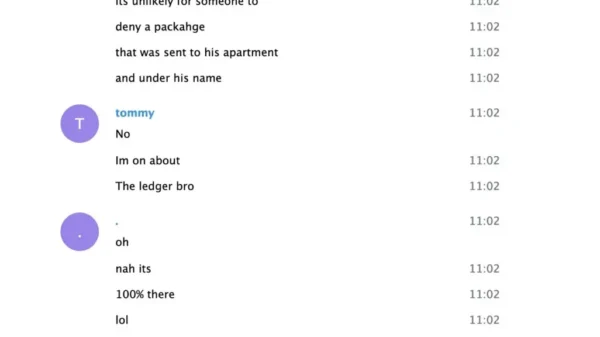Bitcoin is currently facing significant resistance near the $84,000 mark, following a turbulent six-week period that saw it rebound from an intraday low of $81,000 on November 21. As of November 22, 2025, Bitcoin is priced at approximately $84,279, reflecting a considerable pullback of about 40% from its recent highs of around $110,000. Market participants are keenly observing the $88,000 resistance level, while technical indicators suggest that the leading cryptocurrency is experiencing deeply oversold conditions.
Trading activity remains robust, with a 24-hour trading volume exceeding $138 billion, according to data from Brave New Coin. Technical analyst Ted Pillows, known for his insights into macroeconomic trends in the crypto market, pointed out Bitcoin”s precarious position. In his analysis, he noted, “If Bitcoin fails to reclaim $88,000, it could slide toward April 2025 lows near $75,000,” referencing charts from Binance Futures that reveal the sharp decline in November.
The Relative Strength Index (RSI) for Bitcoin has plunged to 22.34, marking its lowest point since August 2023. The RSI serves as a tool to gauge the intensity of recent price fluctuations, indicating whether an asset is overbought or oversold. A reading below 30 is typically seen as a signal of oversold conditions. Historically, similar low RSI levels have preceded stabilization phases for Bitcoin, such as in June 2022 and August 2023, though a low RSI does not guarantee an immediate price recovery.
While some traders view the current situation as a potential buying opportunity, others remain wary due to ongoing macroeconomic uncertainties. The formation of a symmetrical triangle on Bitcoin”s daily charts further compounds market uncertainty. This pattern occurs when buying and selling pressures reach a near equilibrium, resulting in converging lower highs and higher lows. As explained by analyst Blayno_MTOPS, “Symmetrical triangles provide no clear directional bias until a breakout occurs, making trades inside the pattern risky. Stop-losses often get triggered repeatedly without a confirmed breakout.”
Market sentiment has turned bearish, with data from CoinGlass revealing that over $1 billion in long positions have been liquidated in recent weeks. Despite this pullback, some analysts are optimistic, drawing parallels with previous recovery phases in Bitcoin”s history, particularly following market corrections like the one seen after March 2020.
Looking ahead, the $88,000 level remains a pivotal resistance point. A sustained breakthrough above this level could enhance Bitcoin”s technical outlook, but such a move typically requires increased trading volume coupled with stable macroeconomic conditions. Failure to reclaim the $88,000 level may lead Bitcoin to test April 2025 lows around $75,000.
Currently, Bitcoin is trading at approximately $84,279, reflecting a decline of 2.75% in the last 24 hours at the time of this report. Traders are advised to monitor RSI levels, the potential breakout from the symmetrical triangle, funding rates, and significant ETF activities, including developments regarding the ProShares Bitcoin ETF and the Grayscale Bitcoin Trust, to better understand the future direction of the market.






































































